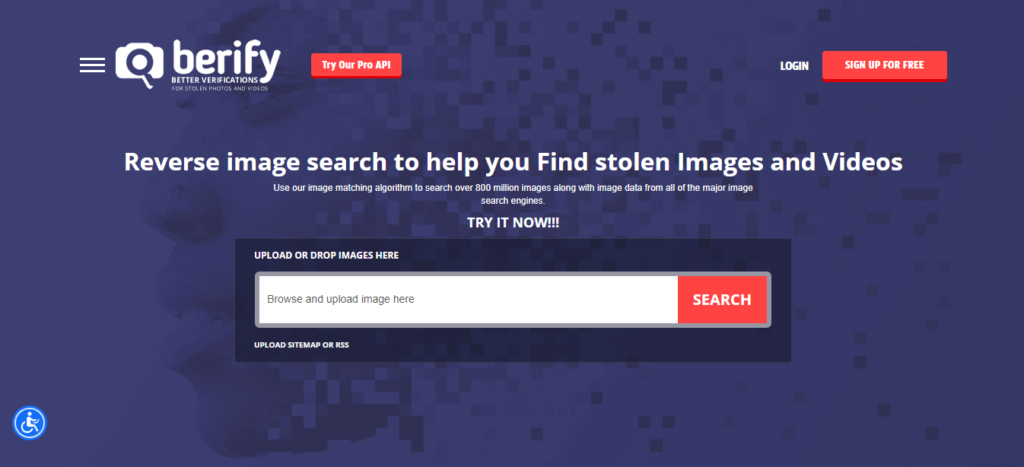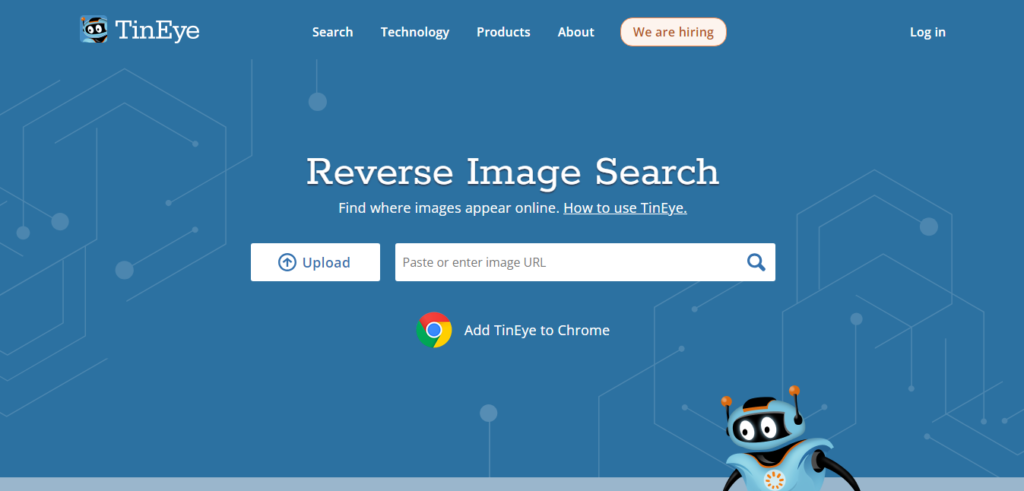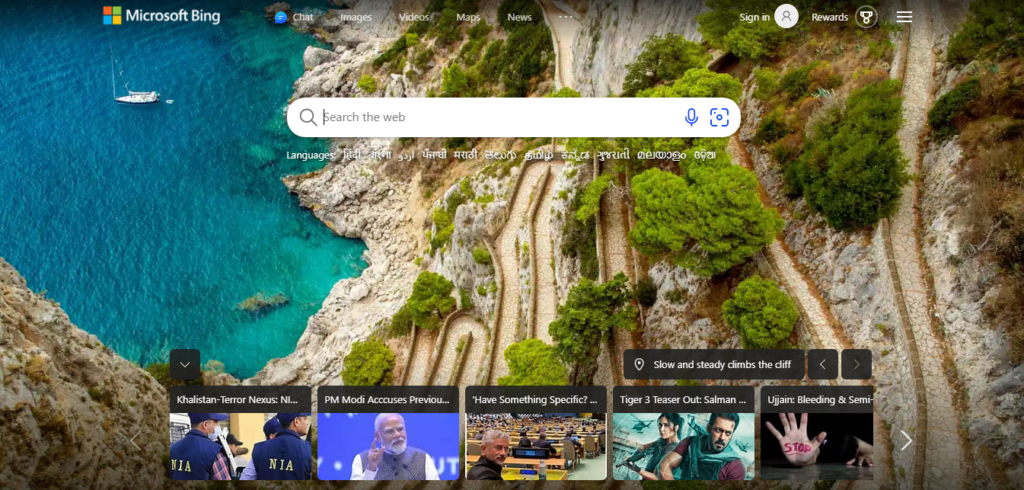We all must have come across many exciting videos that can be a meme or informative ones and wonder where they came from, and what is its origin. Many people use search engines to find information about these by searching for a particular keyword or a phrase until they come across a page, video, or another piece of content that matches the search.
This is where Reverse Video Search comes the and helps us find its origin it’s not necessary that you’ll find the source but you can surely get more information about that particular video.
For example, you might have come across a video but it was just a part of it and now you wonder what happens next. Performing Reverse Video Search (RVS) can help you find those answers or relatable content too.
RVS involves uploading a piece of content you are searching for and finally finding each web page on which the content appears. Thus, it involves inputting a video into the search engine and discovering the source of that video (content) on the web.
How does Reverse Video Search work
Search engines like Google or any other third-party website or tool can interpret the color and pixels in the video and then run a search for similar or exact videos on the web.
This often reveals the source of the video or any other instances of the video online. However, this process is not 100% accurate because if any single pixel of the video has been changed then it might not appear in the search result.
Nowadays it is practiced a lot, so this process requires search engines to effectively index all the videos to surface them in the search results.
Why is Reverse Video Search used?
There are a few reasons that one might want to use RVS, here are the most common use cases:
- To find the source of a video.
- To find duplicate videos.
- To find the full version of a particular video clip.
- To find relatable content.
How to perform a Reverse Video Search
There are many ways to conduct RVS. We can use the search engine directly or any third-party tool to upload the video or a screenshot of that video.
Here are some of the platforms and methods to use while performing RVS:
1. Using Google
Google doesn’t help us to search specific videos, so you have to take a screenshot of the video (an image that can be unique from other videos and most likely to surface the same video online) and then use the Reverse Image Search (RIS) function. The steps are as follows:
- Find a unique frame in the video.
- Pause the video.
- Take a screenshot of the frame you want to capture.
- Save the image.
- Navigate Google images and use the search by image option.
- Upload the image.
- Google will return the search results for your screenshot.
Result:

2. Using Tools Such as:
- Berify

Link to the website
- Shutterstock

Link to the website - TinEye

Link to the website
All of these tools require a screenshot of the video clip you want to search for. Follow these steps and get the results:
- Take a screenshot of the video you wish.
- Visit websites (links given above)
- Navigate to the search box and use the search by image function (camera icon)
- Upload the screenshot.
- Use the Search command.
- You will get the video you’re searching for or content that relates to it.
3. Use Bing

Bing is one of the leading tools that allows you to find images or videos that match your search like the others mentioned above. The only difference is that Bing lets us search with the help of both, images and videos. These steps will help you understand better:
- Take a screenshot of the video or you can even use the video to search.
- Visit www.bing.com
- Navigate the search bar.
- Upload the screenshot or post the URL of the video in the search box.
- Use the Search command.
- It will surface with the related content that closely matches your images or videos.
Conclusion
Learning to reverse video search might be a valuable ability in the current digital era. Understanding how to perform reverse video searches can open up a world of knowledge and opportunities, whether you’re a content provider or just a curious internet user.
You can get over your curiosity by using the methods given in this article and making use of the resources and strategies.
But remember, reverse video search can help you find duplicate content, which could help you protect your digital assets. Or it can help you find the original publisher of a video so you can give credit where it’s due.
Like what you read? We have more! Check out our blog and read more about AI tools.